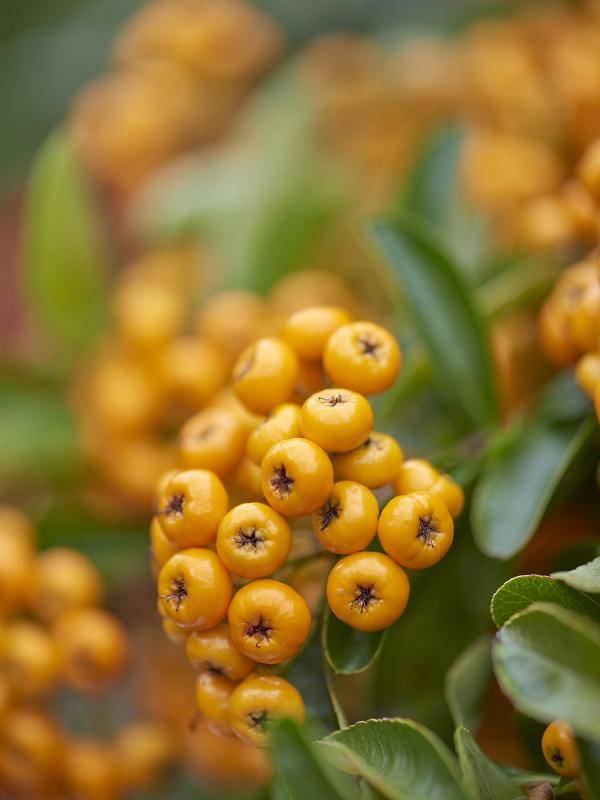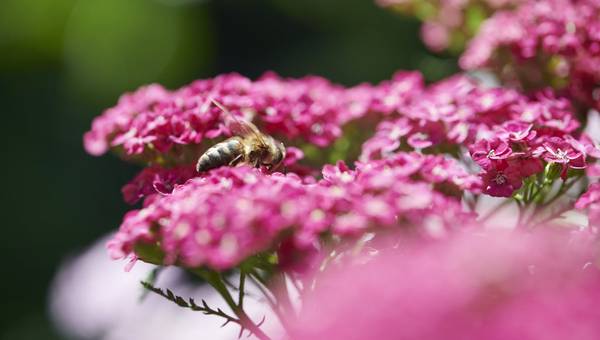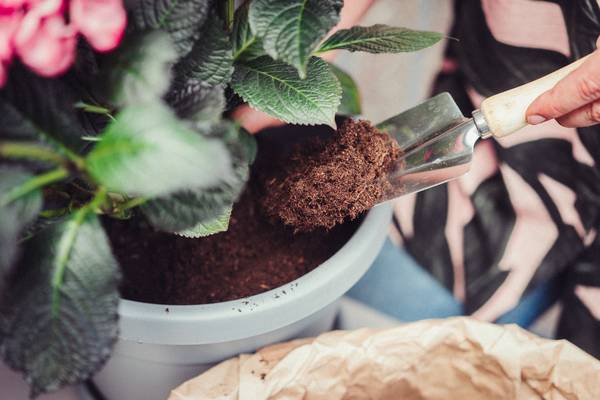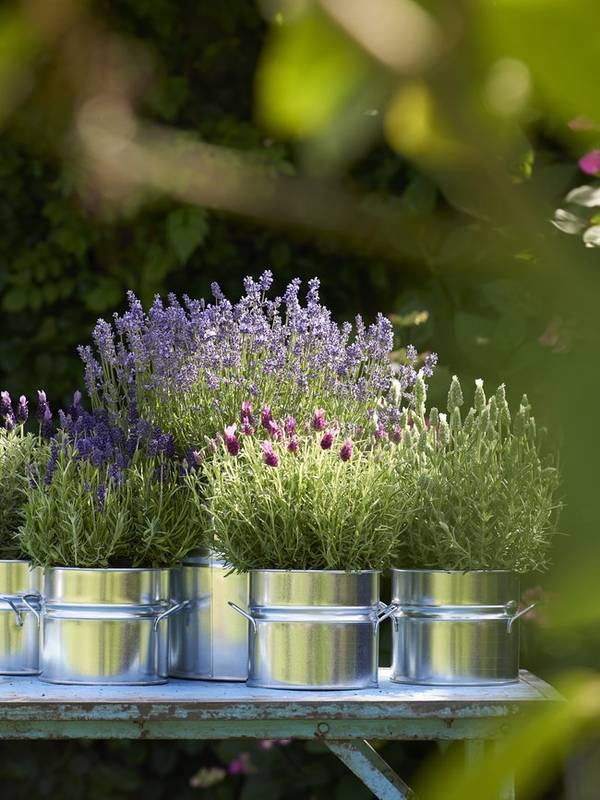

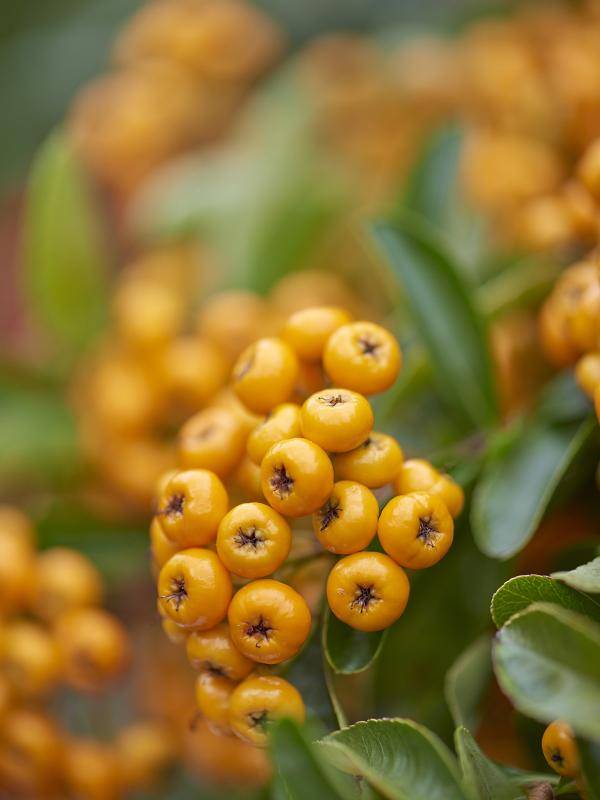
Caring for pyracantha
- Place the plant in full sun, partial shade or shade and it will be happy.
- Plant in nutrient-rich, well-draining soil, and water regularly, particularly if it’s in a pot or container. Older plants cope well with drought due to their extensive root system.
- If you use Pyracantha as a climber, it can reach a height of 4 to 5 metres. Trim it back every year so that it grows flat against the wall or trellis.
- Prune freestanding or hedging Pyracanthas to maintain their shape, boost flowering and remove stray branches.
Origin
Pyracantha originates from the region stretching from south-east Europe to south-east Asia. It's an ancient plant that has been cultivated for use in gardens since the 16th century. Pyracantha can last for years with only limited maintenance.
Colours and shapes
Pyracantha's red berries have earned this plant its common name of firethorn. A semi-evergreen, the plant blooms with tiny white flowers that bees vigorously pollinate in early summer. Then the shrub becomes covered in fire red berries. These berries are not very popular with birds, so they can sometimes stay on the plant until winter. When the supply of food really starts to run short, blackbirds and thrushes will come and snack on the berries. Pyracantha is a tough plant: its sturdy, sharp thorns mean you need to be a bit careful. But it's a gift to small songbirds, who make their nests here, because the thorns protect them from cats.
